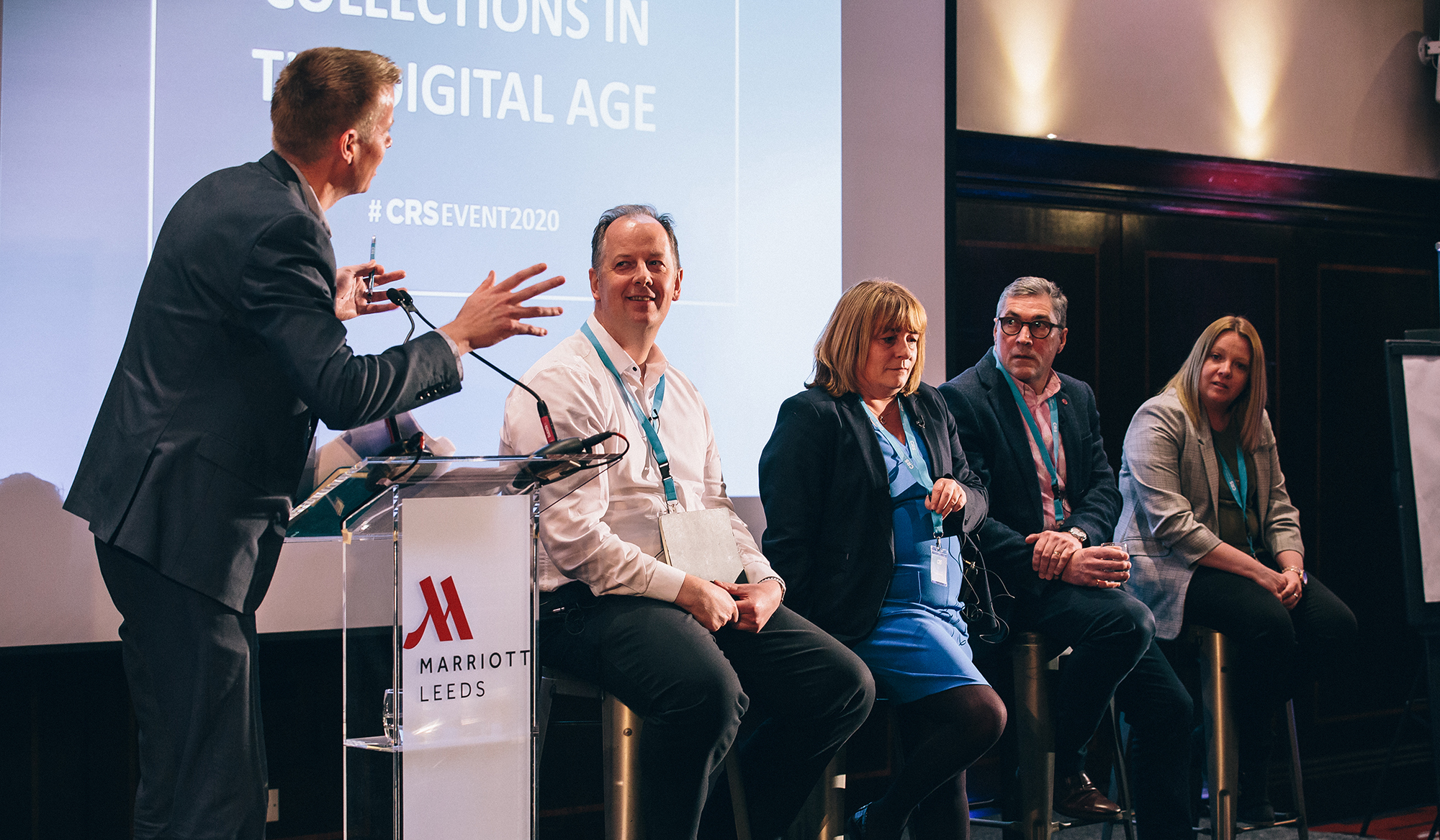The digital age has created a new type of customer with new habits, so it’s never been more important to understand the complete picture when it comes to the customer journey and developing customer centric best practice.
Credit Resource Solutions have drawn upon a vast collective experience and expert network to identify the most frequently asked questions a ‘Collections Director’ will need answering when making the decision to outsource overdue accounts.
Understanding every ‘touch-point’ between an organisation and its customers helps us to understand where we can add extra value for the customer, often that extra value may be to remove obstacles that stop them from advancing on their journey (like making payments).
Customer feedback should be seen as the bricks and mortar of your customer journey foundations. It offers businesses deep understanding of changing trends, new technology and processes as well as customer expectations, which is crucial for business planning and research & design (R&D).
Download our whitepaper on leveraging customer feedback; Packed with why it’s important, what channels your team can use and examples of how we’ve actioned feedback into success
Here at coeo we’ve embraced an ‘our audience is our expertise’ mantra, developing not only state of the art customer facing tools but also bespoke internal processing systems (our Continuous Improvement Process), helping us to streamline our tactics and create lean strategies for our clients.
Annually we service over 2 million live customer accounts and monthly enjoy circa 213k inbound customer contacts. We’ll receive over £25 million in payments for 2020 which will be serviced by:
- 50,000 + monthly calls
- 130,000 + [Monthly Customer Portal Logins]
- 10,000 emails
- And more…
It’s important to note, we still embrace ALL of the traditional methods of Collections contact and receive around 100 letters a month (oh how the times have changed).
Everything we do is aimed at working towards funnelling information back into what we call our Continuous Improvement Programme (CIP), where we use both anecdotal and hard data to make better decisions and direct our research and development.
In this blog we share the 3 central reasons we believe customer feedback is crucial to success:
- Keeps you customer focussed
- Improves your products and services through data
- Gets Results
Let’s take a look at the detail…
Keeping customer focused
First up we believe that ‘our audience are our experts’ as such we know that their experience with us needs to be at the heart what we do.
We can do this by creating mechanisms and channels where we can engage with our client’s customers and they feedback information and data that is good, bad or indifferent. We believe all interactions can offer some type of lesson. The greatest by-product of this approach is the customer feels listened to.
The act of just being listened to, we’ve found, increases the customer experience and helps them feel comfortable with our processing systems. The constant cycle of customer input helps us develop new systems and tweak the old, to increase the deliverability of our services for customers. The smoother we can make that journey; we’ve found the better ROI. It becomes a ‘win-win-win’ scenario (win for the customer, win for our processes and win for our clients).
Feedback and customer focus help us to also measure our client’s customer satisfaction. This is critical for success in Collections as it helps to promote what works well, whilst at the same time identify current or potential future problems.
It goes without saying: being customer focussed should play a major role in a Collections team’s tactical and strategic development. Understanding their motivations and blockages will help you to develop the direction you’ll need to secure your returns.
[CTA: Download our whitepaper on Leveraging Customer Feedback – Pack with why its important – what channels your team can use – and examples of how we’ve actioned feedback into success]
Improves your products and services through data
The customers are the ones using your systems and ultimately where you will generate income, so why tailor it to anyone else?
As mentioned earlier, it’s essential that the customer journey has been factored into the voice of the customers using your processes and tools.
It’s important to be proactive in MI management in assessing customer feedback, whether this be daily, weekly, monthly or on an ad-hoc analysis.
Like us here at coeo you could enjoy a Collections specific in-house developed system or use third party software such as Google Analytics or other reporting platforms.
We pull together all of the data and anecdotal information and feed it into our continuous improvement program that is managed by our strategic R&D teams and product owners. Any changes are then discussed internally, planned and tested before being rolled out onto a live system.
Once a change has been made based on customer feedback, we feel it’s important to review the effectiveness of the changes based on set benchmarks or trends that are relevant to our clients’ needs.
Using our digital approach this may be the number of screen buttons pushed, length of time spent on a specific page, bounce rate or increase in logins or payments on your online portal.
Gets Results
The third and final major reason why, leveraging customer feedback in Collections is crucial is because it gains results.
When your organisation focusses on the customer and then uses the feedback to make improvements to your services, products, communication portals and channels, it will come as no surprise you’ll see better results.
Our Continuous Improvement Programme was designed to collate data and anecdotal feedback to improve the customer journey. We take away the roadblocks and blockages stopping them from finding solutions for their debt, making the process easier for them.
The processes discussed in the two reasons earlier were directly responsible for the development of our customer portal. This channel now services in excess of 130,000 inbound portal logins monthly and is directly responsible for the lower number of complaints we receive and importantly much higher collection rates for our clients.
Final Words from coeo
Our company has evolved at an astonishing pace over the past few years and driving that change has been the realisation that the best way to adapt to our clients’ needs is to listen more and talk less.
That is why we developed our in-house ‘Continuous Improvement Process’ to leverage the incredible feedback we gather and use.
To find out what different channels your team can use – and examples of how we’ve actioned feedback into direct success…




















